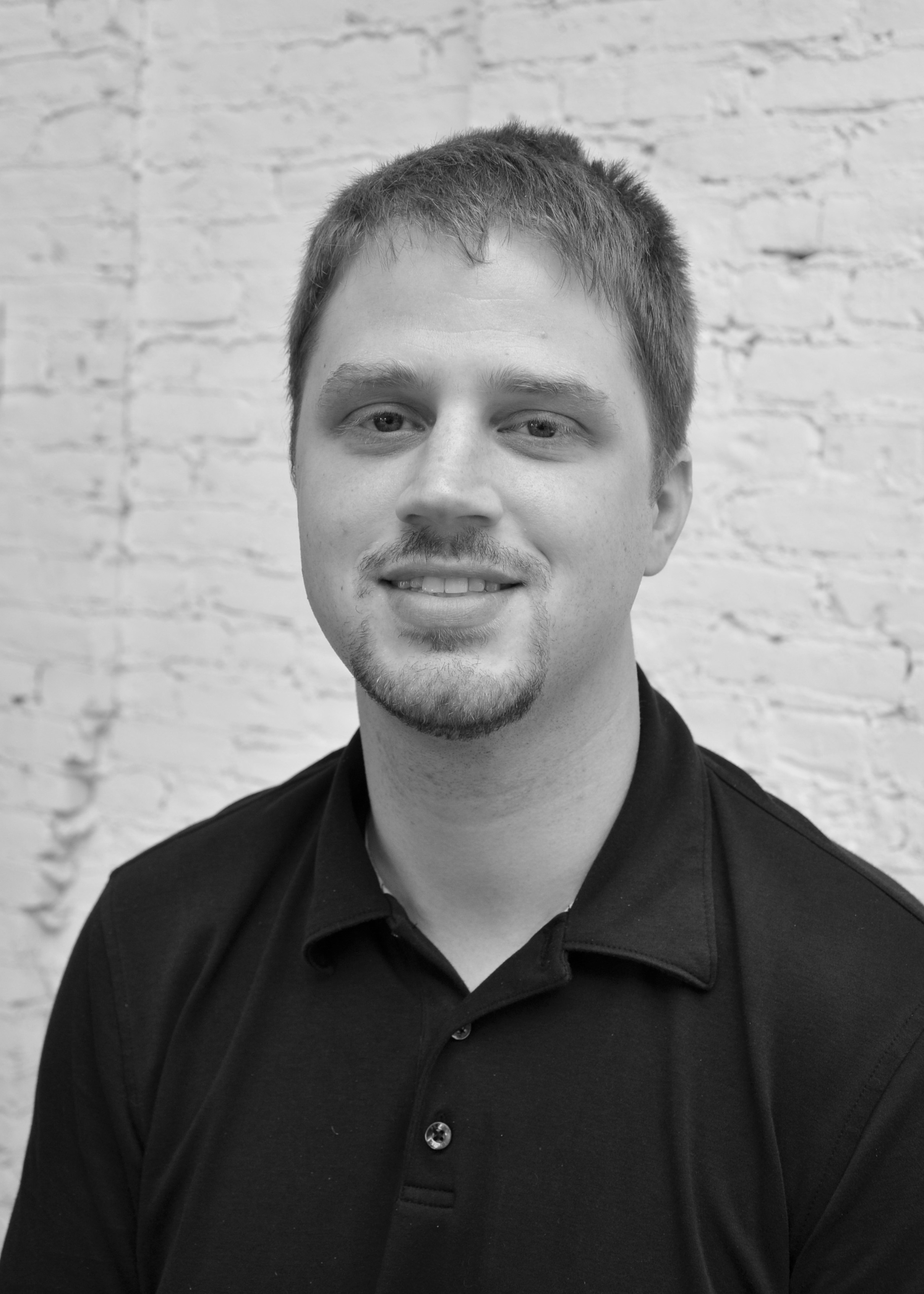EDF Climate Corps fellow | March 19, 2013
“Knocking down a brick wall by yourself with your bare fists is next to impossible. But organize a team equipped with sledgehammers and a plan, and it gets a whole lot easier,” said Gwen Ruta in a Fast Company Op-Ed explaining the concept behind EDF Climate Corps.
This blog post is the fourth in a series, highlighting our team of ‘sledgehammers’ – the 2012 EDF Climate Corps fellows– and their plans for breaking down the barriers to energy efficiency at their host organizations.
Name: Kasey Liedtke
Host Organization: City of New Orleans
School: Tulane School of Architecture
Opportunity: The City of New Orleans was in search of financial mechanisms that could support energy, water and land use projects that aim to improve the resiliency of the city, as well as communities across southeast Louisiana. Barrier: For many cities such as New Orleans, funding energy efficiency and sustainability projects can be challenging because many would require the city to take on debt.
Solutions Identified: The Qualified Energy Conservation Bonds (QECB) program, funded through the American Recovery and Reinvestment Act (ARRA) of 2009, has a total of $3.2 billion to allocate to states for energy efficiency projects. Only 20 percent of the fund has been as of July 2012, which means that there is $2.5 billion in untapped funding available for energy efficiency loans, public infrastructure, education programs and upgrades on municipal buildings.
Potential Savings: Through expansion of a light-emitting diode (LED)-streetlight project, New Orleans could save just shy of $1.2 million in annual utility and maintenance savings, which would pay off the QECB debt in four and a half years. Additionally, the project would save nearly $10.2 million over its lifetime.
Quote: “In economically lean times such as today, finding ways to finance public infrastructure is challenging, to say the least, particularly because many mechanisms require taking on debt. But for energy efficiency projects, I may have found a solution – Qualified Energy Conservation Bonds.”
Name: Shivang Desai
Host Organization: Cummins
School: Weathering School of Management, Case Western Reserve University
Opportunity: Cummins wanted to identify which of the company’s building standards would best cultivate energy efficiency if expanded across its global portfolio.
Barrier: Most companies site new facilities on the basis of criteria ranging from market potential to supplier proximity. Few, however, factor environmental criteria such as energy consumption and CO2 emissions into the decision.
Solutions Identified: Commissioning is a new-construction monitoring process that ensures all building systems perform to predetermined specifications, and retrocommissioning is like commissioning but it is conducted on existing buildings. Retrocommissioning also accounts for changes in building use, such as shifting occupancy patterns. Desai recommended that Cummins follow the example of its Columbus operations and commission all new facilities, retrocommission existing facilities every five years, and employ several full-time building commissioners.
Potential Savings: From just 40 U.S. facilities, commissioning could save Cummins $5 million in energy and 51,000 metric tons of CO2 annually.
Quote: “It is initiatives like these that I feel are the future of environmental responsibility. Luckily, they're not just about saving the environment; they dramatically cut costs in the process. Simply put – two birds, one stone.”
Name: Michelle de Arruda
Host Organization: United National Children’s Fund (Unicef)
School: University of Virginia Darden School of Business Administration
Opportunity: Unicef, an international nonprofit active in more than 190 countries and territories worldwide, was interested in reducing its energy use.
Barrier: Even though energy efficiency is, in many cases, a way to free up money that can contribute to an organization's core functions; it is sometimes thought to actually detract from an organization’s core activities.
Solutions Identified: The way to overcome this barrier is to build trust among the key stakeholders. De Arrruda started small, with the thought that people might not be willing to pay for something they haven’t seen before. Her first efficiency recommendations to Unicef were short-term, no-cost projects with a quick return on investment. After demonstrating that energy efficiency is a viable, cost-effective method for saving money, Michelle began encouraging Unicef to take a bigger efficiency step – allocating operational budgets to individual departments according to their real energy consumption.
Quote: “The most powerful lesson I'm taking away from my time with Unicef is that organizational change depends upon trust. I was able to build it with members across the organization in only my first few weeks, and it enabled my work to go further than it otherwise would have been able to.”
About EDF Climate Corps
EDF Climate Corps (edfclimatecorps.org) taps the talents of tomorrow’s leaders to save energy, money and the environment by placing specially-trained EDF fellows in companies, cities and universities as dedicated energy problem solvers. Working with hundreds of leading organizations, EDF Climate Corps has found an average of $1 million in energy savings for each participant. For more information, visit edfclimatecorps.org. Read our blog at edfclimatecorps.org/blog. Follow us on Twitter at twitter.com/edfbiz and on Facebook at facebook.com/EDFClimateCorps.
About Environmental Defense Fund
Environmental Defense Fund (edf.org), a leading national nonprofit organization, creates transformational solutions to the most serious environmental problems. EDF links science, economics, law and innovative private-sector partnerships. For more information, visit edfbusiness.org. Read our blog at blogs.edf.org/business. Follow us on Twitter at twitter.com/EDFbiz.